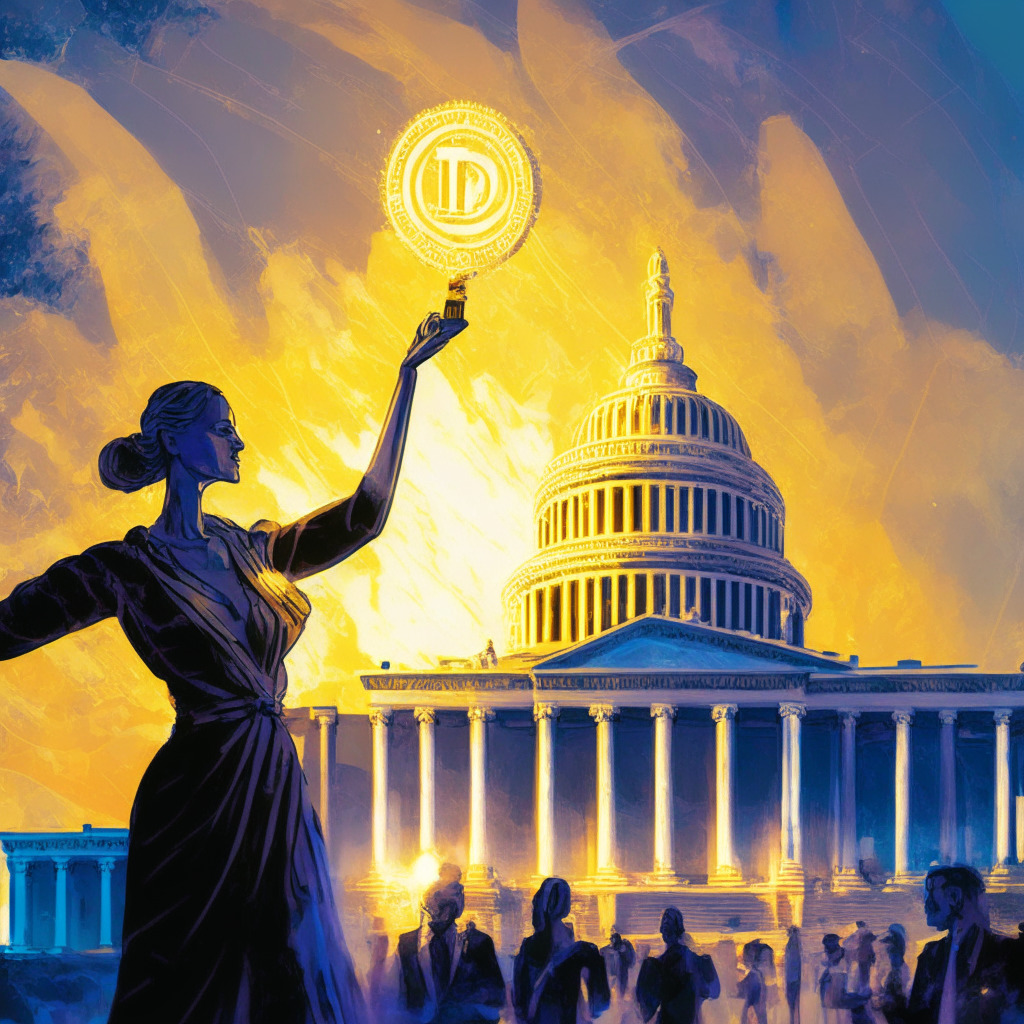In a recent hearing on stablecoins in the United States House of Representatives, the debate over state versus federal regulation took center stage as the House Committee on Financial Services’ new Subcommittee on Digital Assets, Financial Technology, and Inclusion considered two proposed bills to regulate stablecoins.
The two draft bills under consideration by the subcommittee represent different approaches to stablecoin regulation. The Republican bill would allow stablecoin operators to choose the state they register in without the Federal Reserve Board’s interference, in an attempt to prevent a “race to the bottom.” Supporters argue that this approach would mirror the U.S. two-tiered federal/state banking regulatory system.
On the other hand, Democrats advocate for keeping regulatory authority in the hands of the federal government, as proposed by the Democratic bill. David Portilla, partner at Davis Polk & Wardwell, suggests a potential middle ground: “Federal regulation of stablecoin issuers would offer more uniform, consistent rules, whereas state regulation could promote more diversity and innovation in regulation and supervision. The answer to this question need not be binary.”
Current regulations, according to Portilla, are not well-suited for stablecoins. He proposes a “floor” mechanism for federal involvement in stablecoin regulation, which would set minimum standards, as well as a “toggle” based on the size of the issue.
National interest was also a recurring theme throughout the hearing. Rep. Brad Sherman, a staunch cryptocurrency critic, claimed that a dollar-backed stablecoin would compete with the fiat dollar and undermine it, thus reducing the effectiveness of U.S. sanctions. However, Matt Homer of venture capital firm XYZ countered this view, stating that “stablecoins will happen regardless of whether we want them to happen or not,” and suggesting that it would be better for the U.S. to regulate them on their terms.
Pro-crypto Warren Davidson supported Homer’s view, emphasizing the need for regulatory clarity: “Often they [stablecoin developers] are fleeing our shores to find certainty. So it would be great if we’d provide some.”
USDF Foundation CEO Robert Morgan also urged the need to recognize the advantages of tokenization for traditional banks, describing it as a “third way.”
In conclusion, the ongoing debate surrounding stablecoin regulation highlights the need for a balance between state and federal control. It is crucial for lawmakers to carefully consider the implications of both approaches and find a suitable middle ground that fosters innovation and guarantees the best interests of all stakeholders involved.
Source: Cointelegraph




